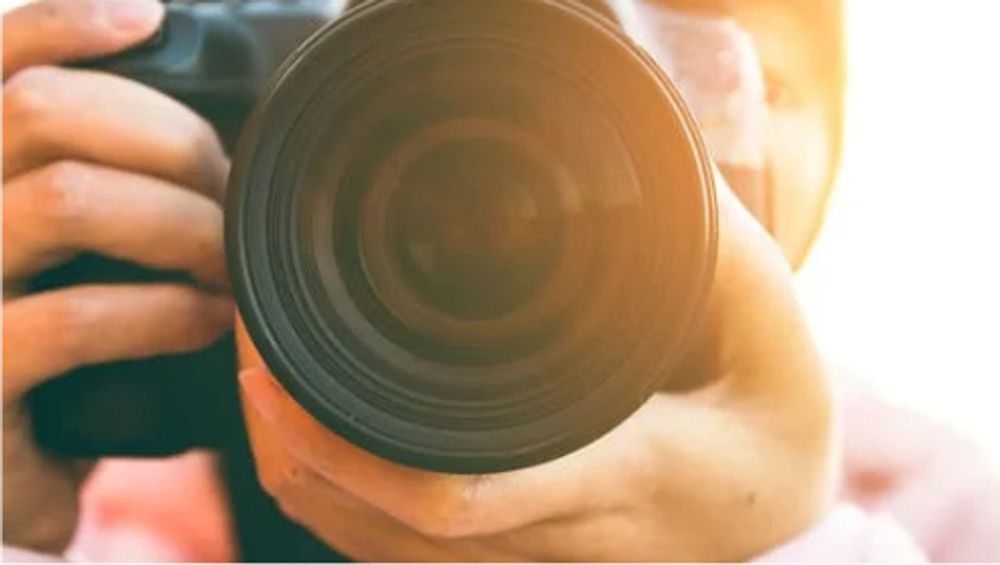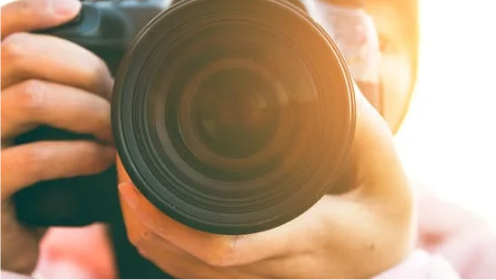The Art of Real Estate Photography: A Blend of Authenticity, Technique, and Vision
In real estate, photography is more than just snapping a few pictures with your phone—it's about capturing the essence of a space. As any seasoned agent knows, the first impression often happens online, where potential buyers make quick judgments based on photos. This is why professional real estate photography is a fine balance between artistry, accuracy, and technical precision.
Tonal Depth and Photography in Real Estate
When stepping into a well-lit room, our eyes naturally adjust to see both bright highlights and dark shadows. However, a camera lens doesn't interpret light the same way. Real estate photographers, therefore, must compensate for this difference. The key is understanding tonal depth—where multiple layers of light and shadow interplay to give the room its true dimension.
Often, a wide-angle lens is used to capture a larger perspective. Early on, this technique was notorious for misrepresenting space, making rooms appear far more expansive than they were in reality. While technology has advanced to be more accurate, there's still an art in ensuring that a home looks as good (or better) in real life as it does in photos.
Avoiding Deception: Honest Representation Matters
As an agent, trust is essential. Misleading photography can severely damage a relationship between buyer and agent. There’s nothing more disappointing for a potential buyer than walking into a home and realizing it doesn’t match what they saw online. It immediately erodes trust, and the client may even walk away from the deal entirely.
Good photography should entice buyers without overpromising. As one experienced photographer put it: “When people walk into the house, they should say, ‘It looks just like the photos—or even better!’”
The Challenges of Wide-Angle Shots
Wide-angle photography has greatly improved over the years, but it’s not without its pitfalls. Photographers today have the advantage of using tools like Photoshop to correct warped angles or straightening lines that naturally bend in a wide-angle shot. Without this extra care, walls may appear slanted, and the room may look unnatural.
Real estate photographers invest time in making sure every element of the photo is polished, whether it's balancing highlights and shadows or adjusting structural elements. When a potential buyer sees the photos, they should be able to "walk through" the space in their minds, understanding how one area flows into another.
The Power of Professional Touches
Amateur photographers or agents relying on their smartphones may miss essential details that professionals know to account for, such as lighting balance, color correction, and perspective. A professional will ensure that each shot provides a clear, cohesive narrative of the space, guiding the viewer’s eye naturally from one feature to the next.
For example, a house might have an intricate staircase, but if it isn't photographed from the right angle, it could seem awkward or out of place. This is why professional photographers often take multiple shots from different perspectives, even of features they may initially consider unappealing, like a cluttered garage. If it’s integral to the home, it deserves attention.
Importance of Decluttering
Clutter is a photographer’s worst enemy. People naturally gravitate toward imperfections, so even the most beautiful home can lose its appeal if stray wires or messy shelves distract from the scene. Professional photographers know this and often work with homeowners or agents to declutter a space before shooting.
In some cases, minor imperfections can be digitally corrected. However, it's essential that these edits don't mislead. Photographers can fill an empty pool with water or remove an unsightly blemish from a wall, but they must ensure that the final image accurately reflects what the buyer will see in person.
Capturing the True Essence of a Home
Not all homes photograph well. Some stunning properties with immense charm and personality simply don’t translate through a lens. In these cases, a skilled photographer’s job becomes even more critical. By adjusting the light, capturing unique angles, or emphasizing certain details, a photographer can help a home shine, even when it’s not inherently photogenic.
This concept also applies to people. Some individuals may appear more or less attractive on camera than in person due to factors like lighting, angles, and overall composition. Similarly, the energy and personality of a house must be captured thoughtfully to ensure it resonates with potential buyers.
Time of Day and Lighting
The time of day can make or break a real estate photograph. While the "golden hour" just before sunset or after sunrise is ideal for outdoor shots, some homes require brighter, midday lighting. This is especially true for properties with limited windows or natural light. The goal is to show off a space in its best possible light—literally.
For homes with larger windows or stunning exteriors, the golden hour is perfect for capturing a home’s warmth and character. But for more traditional homes, with less open space, shooting in brighter conditions is key.
The Rise of Sky Replacements and AI Tools
In today’s world, AI has revolutionized real estate photography. For example, generative tools can now replace an overcast sky with a bright, sunny one, or even fill an empty pool with crystal-clear water. But these tools come with a caveat: they should be used carefully. When not done right, sky replacements can look artificial, with mismatched lighting and poor blending. It takes a skilled photographer to make these changes seamless and believable.
As one photographer puts it, “There’s a fine line between enhancing a photo and misleading the buyer. You want to make the property look its best, but not to the point where it’s unrecognizable.”
Final Thoughts
In real estate, every detail counts, from the angles of the photographs to the lighting used at different times of day. Whether you're capturing a home's charm with wide-angle shots or deciding between building new or buying old, it's essential to approach real estate with careful thought, precision, and honesty.
As the saying goes, “Buyer beware.” Do your research, invest in the right professionals, and ensure you're getting the most accurate representation of a property. Ultimately, the goal is to create a seamless experience for the buyer, from the moment they view the photos to when they step through the front door.
/p>


